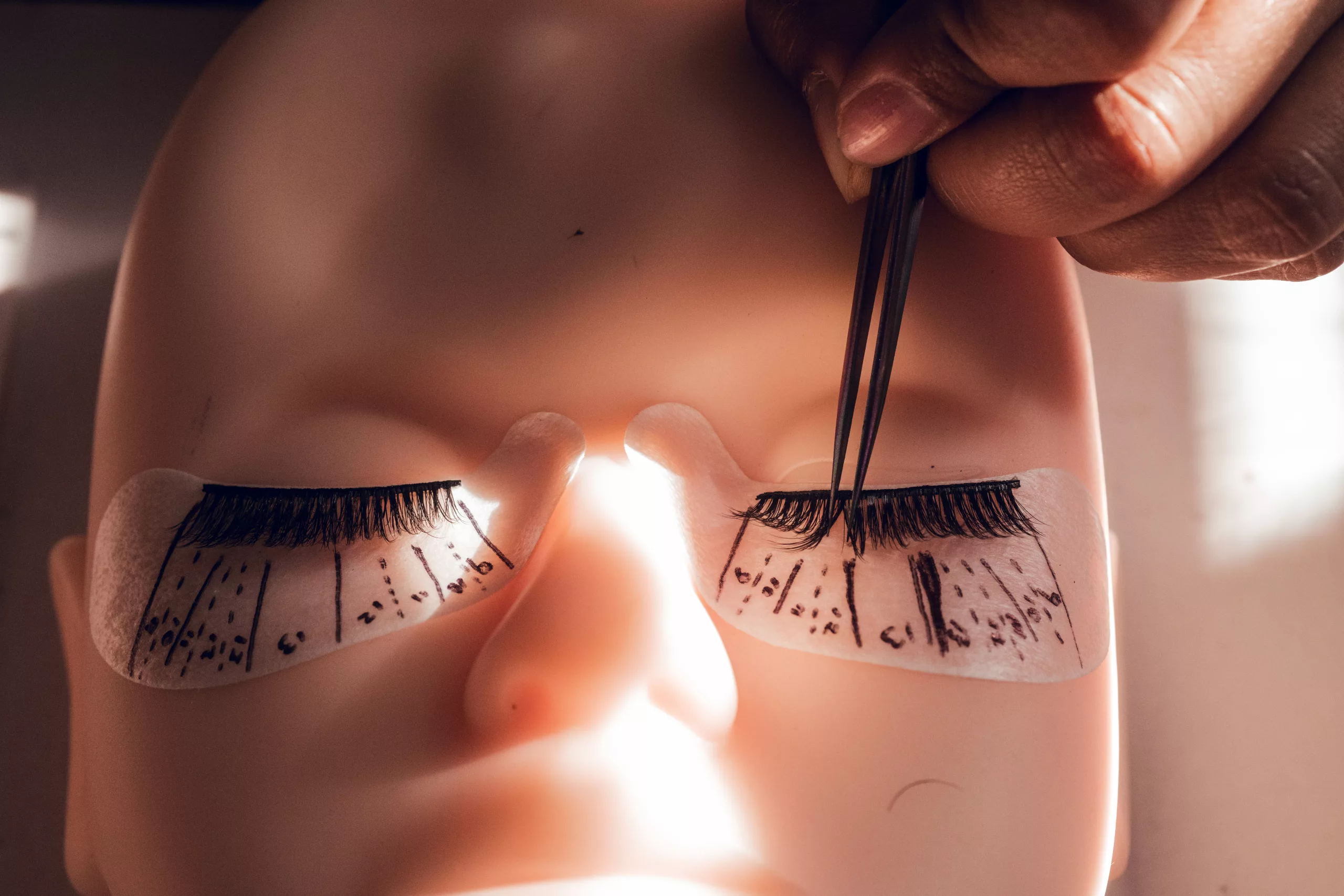Nasolacrimal Stents: A Comprehensive Guide
Introduction
Nasolacrimal stents are tiny tubes inserted into the nasolacrimal duct system to treat tear drainage issues. These stents play a crucial role in managing conditions like nasolacrimal duct obstruction (NLDO), which can lead to excessive tearing (epiphora), recurrent infections, and chronic dacryocystitis. This article delves into the types, indications, procedures, and care involved with nasolacrimal stents, offering a comprehensive understanding for both medical professionals and patients.
Anatomy of the Nasolacrimal System
To appreciate the importance of nasolacrimal stents, one must first understand the anatomy of the nasolacrimal system. The system comprises:
- Lacrimal Glands: Produce tears that lubricate the eye.
- Puncta: Tiny openings in the eyelids where tears drain.
- Canaliculi: Small channels that carry tears from the puncta to the lacrimal sac.
- Lacrimal Sac: Collects tears from the canaliculi.
- Nasolacrimal Duct: Transports tears from the lacrimal sac to the nasal cavity, where they are eventually drained away.
Indications for Nasolacrimal Stent Placement
Nasolacrimal stents are primarily used to address:
- Congenital Nasolacrimal Duct Obstruction (CNLDO): Common in infants and often resolves without intervention. However, persistent cases may require stenting.
- Acquired Nasolacrimal Duct Obstruction: Caused by trauma, infection, inflammation, or tumors.
- Chronic Dacryocystitis: Recurrent infections of the lacrimal sac, often due to obstruction.
- Tear Duct Stenosis: Narrowing of the tear ducts, leading to poor tear drainage.
- Post-Surgical Maintenance: Ensuring patency after dacryocystorhinostomy (DCR) or other surgical procedures.
Types of Nasolacrimal Stents
Several types of stents are available, each with specific advantages:
- Crawford Stent: Features silicone tubing with metal probes at the ends, facilitating easy insertion.
- Monoka Stent: A monocanalicular stent used primarily in children, designed for single canaliculus placement.
- Lester Jones Tube: A glass or silicone tube used in cases where the standard duct is unusable, typically in severe trauma or congenital anomalies.
The Procedure: Placement of Nasolacrimal Stents
The placement of nasolacrimal stents is usually done under local anesthesia for adults and general anesthesia for children. The procedure involves several steps:
- Preoperative Assessment: Includes history, examination, and imaging (e.g., dacryocystography) to confirm the diagnosis and plan the intervention.
- Punctal Dilation: The puncta are dilated using a small probe.
- Stent Insertion: The stent is threaded through the punctum, canaliculus, lacrimal sac, and into the nasolacrimal duct.
- Securing the Stent: The stent is secured in place, ensuring it remains patent.
Postoperative Care and Management
Proper postoperative care is vital for the success of nasolacrimal stents:
- Medication: Patients are usually prescribed antibiotics and anti-inflammatory drops to prevent infection and reduce swelling.
- Follow-up Visits: Regular follow-up visits are necessary to monitor the position and patency of the stent.
- Complications Management: Complications, though rare, can include infection, stent displacement, or granulation tissue formation. Prompt management ensures optimal outcomes.
Potential Complications
While nasolacrimal stent placement is generally safe, potential complications may arise:
- Infection: Prophylactic antibiotics are usually prescribed to prevent this.
- Stent Displacement: Proper securing techniques and follow-up visits minimize this risk.
- Granuloma Formation: Overgrowth of granulation tissue can obstruct the duct, requiring removal or revision of the stent.
- Epistaxis: Nasal bleeding, especially in patients with a history of nasal trauma or surgery.
Outcomes and Prognosis
The success rate of nasolacrimal stent placement is high, particularly when performed by experienced surgeons. Most patients experience significant relief from symptoms like excessive tearing and recurrent infections. Early intervention, especially in congenital cases, improves long-term outcomes and reduces the risk of chronic complications.
Conclusion
Nasolacrimal stents are a valuable tool in the management of tear drainage issues, offering a minimally invasive solution to both congenital and acquired obstructions. Understanding the indications, types, procedural steps, and postoperative care is crucial for optimal patient outcomes. As with any medical intervention, early diagnosis and appropriate treatment are key to restoring normal tear drainage and preventing further complications.
World Eye Care Foundation’s eyecare.live brings you the latest information from various industry sources and experts in eye health and vision care. Please consult with your eye care provider for more general information and specific eye conditions. We do not provide any medical advice, suggestions or recommendations in any health conditions.
Commonly Asked Questions
If the stent gets dislodged, contact your ophthalmologist immediately. They will assess the situation and reinsert or replace the stent if necessary.
Follow your surgeon’s instructions, use prescribed medications, keep the area clean, and attend all follow-up appointments to ensure proper healing.
Yes, you can typically wear contact lenses after stent placement, but it’s best to consult your ophthalmologist for specific advice based on your situation.
Alternatives include probing, balloon dacryoplasty, and dacryocystorhinostomy (DCR) depending on the severity and cause of the obstruction.
The procedure is generally not painful as it is performed under local or general anesthesia. Postoperative discomfort is usually mild and manageable with medication.
Yes, nasolacrimal stents are used in both adults and children, though the type of stent and approach may vary.
If you experience discomfort, contact your ophthalmologist. They may recommend adjustments, medications, or, in rare cases, removal.
Nasolacrimal stents are usually not visible as they are placed within the nasolacrimal duct system. However, a small portion might be visible at the punctum.
Yes, nasolacrimal stents can be removed. The removal process is generally straightforward and performed under local anesthesia in an outpatient setting.
Nasolacrimal stents typically remain in place for 3 to 6 months, depending on the patient’s condition and the surgeon’s recommendation.
news via inbox
Subscribe here to get latest updates !







